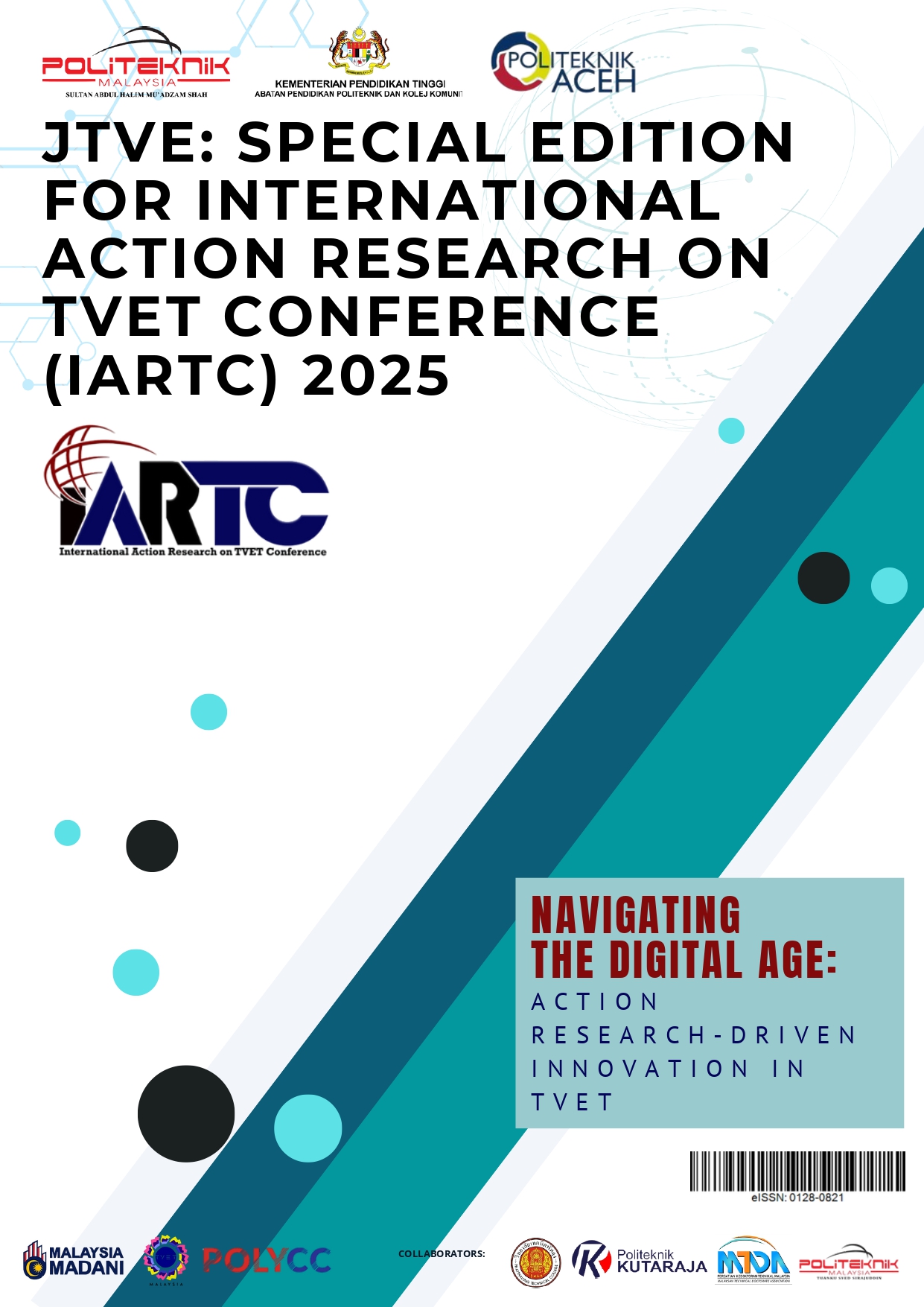Emerging Applications of Robot Navigation Technologies
Abstract
The increasing use of autonomous systems in a variety of industries, such as healthcare, logistics, agriculture, and exploration, is largely dependent on the development of robot navigation technologies. The shift from traditional deterministic techniques to adaptive, learning-based approaches is the main topic of this review, which summarizes recent advancements from 2017 to 2025. Due to their limitations in adaptability, sensor performance, and contextual awareness, traditional navigation systems such as SLAM, A*, and visual odometry remain effective in structured environments but struggle in dynamic, unstructured, or GPS-denied environments. These limitations have been addressed by emerging approaches, such as deep reinforcement learning (DRL), multimodal sensor fusion, and socially aware navigation frameworks, which enable robots to comprehend, anticipate, and respond to complex environments and human behaviors. Localization accuracy and operational robustness are greatly improved by multimodal systems that incorporate LiDAR, RGB-D, GPS, and IMU sensors, especially in situations where visibility is poor or signals are denied. Furthermore, this is critical for applications in public settings, such as hospitals, where socially intelligent systems can now navigate shared spaces while respecting human comfort zones, emotional cues, and cultural norms. In this review, current research is categorized thematically, navigation strategies are assessed across domains, and their efficacy is compared in terms of social compliance, success rate, and localization accuracy. Results indicate that, when adapted to functional and environmental constraints, application-specific designs from radar-enabled underground robots to UWB-based warehouse systems offer better performance. Even with encouraging advancements, problems with computational overhead, generalization, and ethical issues in practical implementation still exist. This paper argues for ongoing interdisciplinary innovation in sensor technology, learning algorithms, and human-robot interaction models to enable reliable, explicable, and scalable navigation systems by highlighting important trends and research gaps.
Keywords: Mobile Robot Navigation, Sensor-Based Navigation, Learning Based Navigation
Downloads
Published
Issue
Section
License
Unit Penyelidikan, Inovasi dan Komersialan
POLIMAS


